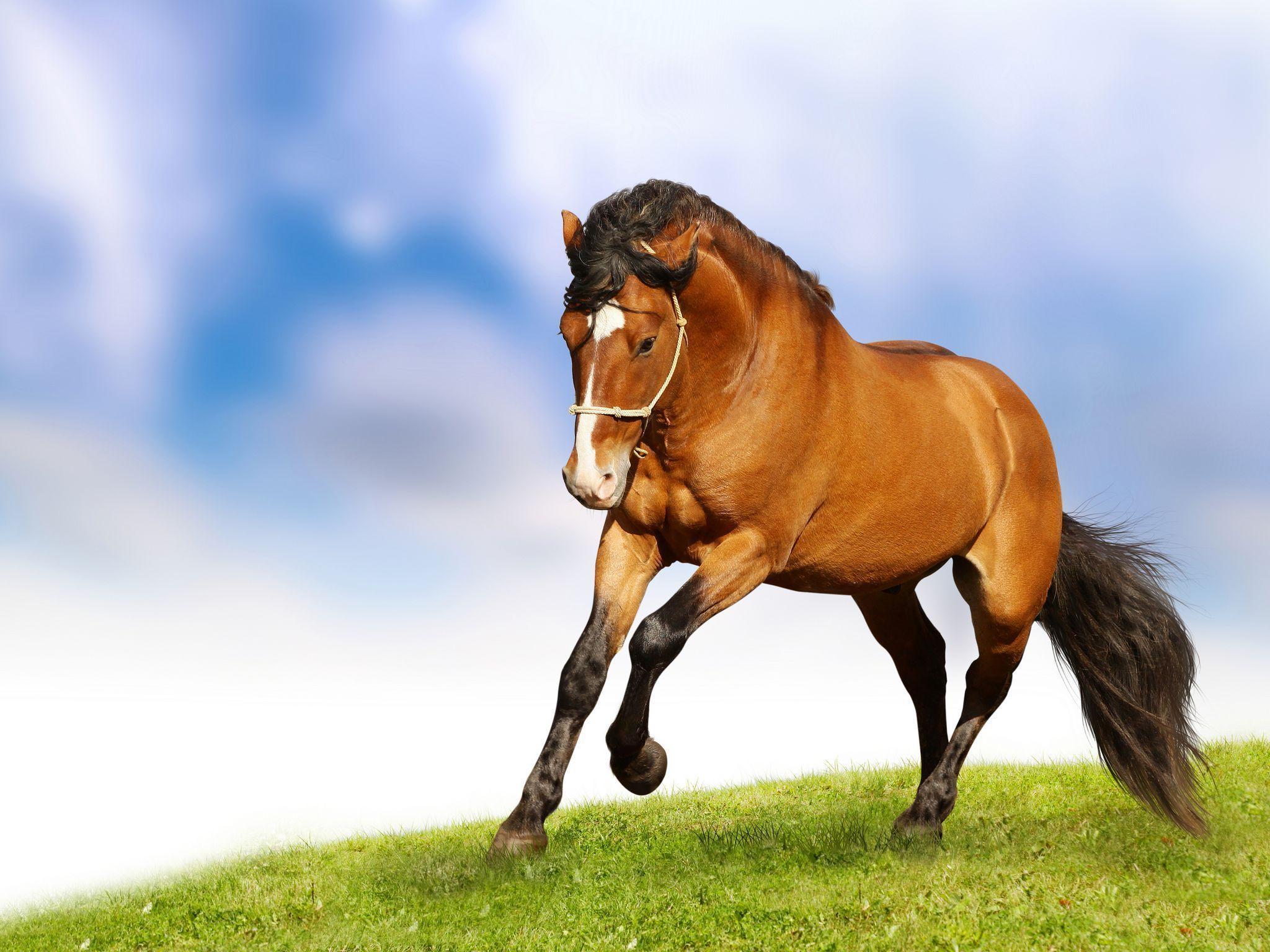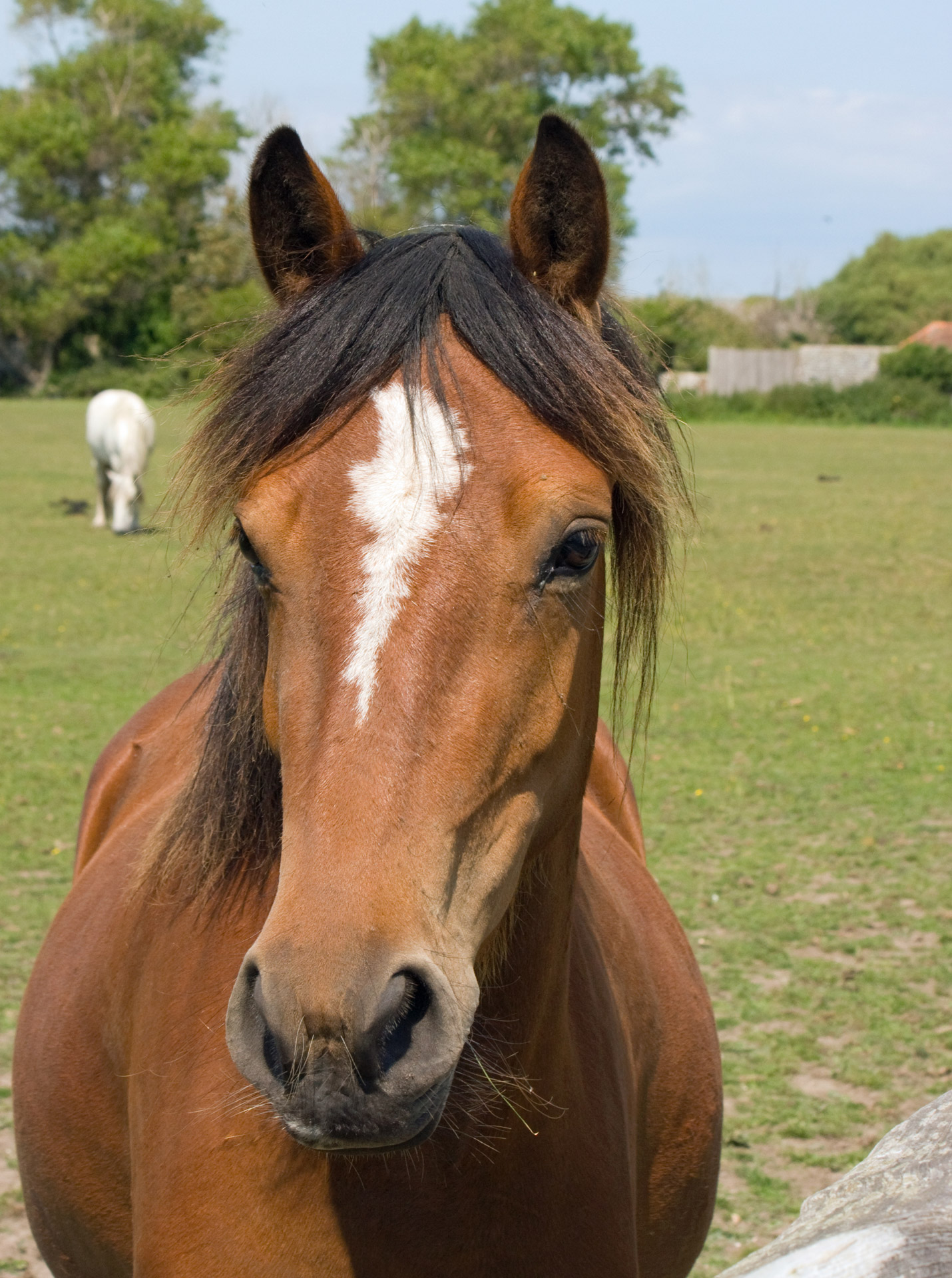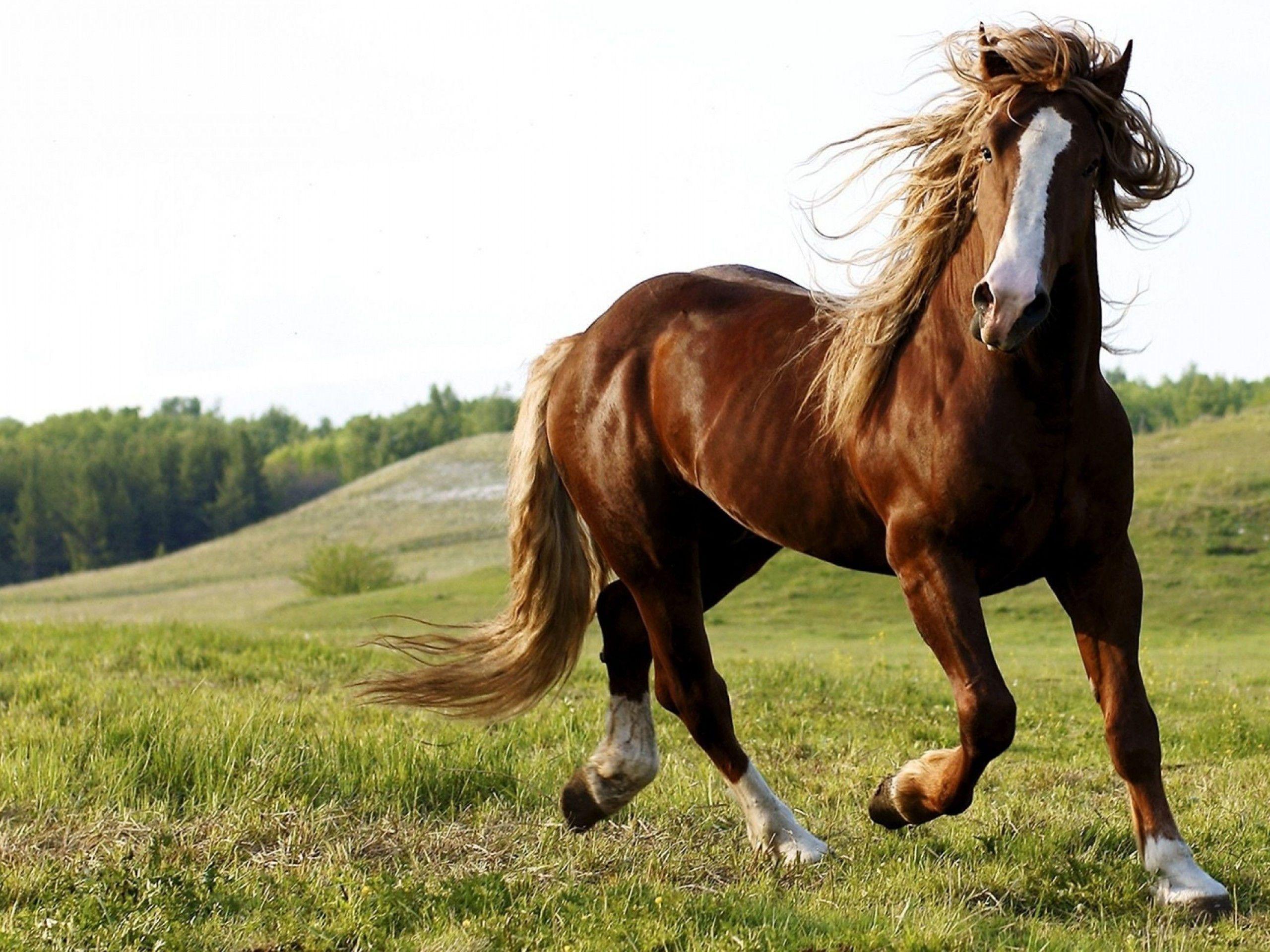Exploring The Horse Mating System: What Every Owner Should Know
For anyone who cares for horses, understanding the natural patterns of their lives is, in a way, truly important. This includes, you know, how they reproduce and interact during those special times. It's not just about breeding, but also about appreciating their natural behaviors and ensuring their well-being, which is pretty much at the heart of being a good horse person.
Learning about the **Horse mating system** offers a fascinating look into equine biology and instincts. Knowing these details can help owners make informed choices about care, especially if thinking about breeding or just observing their horses' social cues. It's a fundamental part of their existence, and, basically, it shapes how they connect with one another.
This discussion will walk through the typical aspects of how horses mate, from the mare's cycle to the stallion's actions, and what you might observe. We will, in fact, touch on common behaviors and the natural rhythms involved, giving you a clearer picture of this important process.
Table of Contents
- Understanding the Mare's Seasonal Cycle
- The Stallion's Role and Behavior
- The Actual Mating Process
- Owner Considerations and Health Aspects
- Frequently Asked Questions About Horse Mating
Understanding the Mare's Seasonal Cycle
Mares, you know, are seasonal breeders, which means their reproductive activity is tied to the time of year. Longer daylight hours, typically in spring and summer, actually trigger their cycles to begin.
This natural timing ensures that foals are born during warmer months when there's plenty of grass and the weather is, you know, more favorable for their early development. It's a pretty smart system, naturally speaking.
A mare's reproductive pattern, in some respects, usually lasts about twenty-one days from start to finish. This cycle includes a period when she is receptive to a stallion, and another when she is not.
Recognizing these stages is, arguably, a key part of understanding the **Horse mating system**. It helps owners know when a mare might be ready for breeding, or just to understand her general demeanor.
The mare's body prepares for potential pregnancy during this time, so there are hormonal shifts that influence her behavior and physical state. It's a very intricate biological dance, you might say.
Signs a Mare is Ready
When a mare is ready to breed, she shows specific signs that, you know, indicate her receptiveness. This period is often called "heat" or "estrus."
One common sign is "winking," where she repeatedly contracts her vulva, exposing the moist, pink membranes. This is, you know, a pretty clear signal she's interested.
She might also raise her tail and urinate frequently, often in small amounts, sometimes with a strong odor. This, you know, helps spread her scent and attracts a stallion.
A mare in heat might become more vocal, perhaps whinnying or nickering more often than usual. She's, in a way, broadcasting her availability.
Her general demeanor can change too; she might seem more restless or, conversely, very relaxed and approachable, especially around other horses. It's almost like her personality shifts a bit.
Some mares might show a "squatting" posture, as if getting ready to urinate, even when they don't. This, too, is a clear sign of readiness, usually in the presence of a stallion or another horse.
If a stallion is nearby, she will likely seek him out or show a strong interest in his presence. She might even lean into him or, you know, rub against him.
Owners who spend time with their mares often learn to spot these subtle, and not so subtle, changes. It really helps to know your horse's usual habits, as a matter of fact.
The Estrous Period
The actual estrous period, when a mare is receptive to a stallion, usually lasts for about five to seven days. This, you know, is the window for successful mating.
Ovulation, which is when the egg is released, typically happens towards the end of this receptive period. This is the most fertile time, so, you know, timing is everything for breeding.
After ovulation, if she doesn't become pregnant, her body enters a period where she is no longer receptive, which is called diestrus. This lasts for about fourteen to sixteen days, more or less.
During diestrus, her hormones shift to prevent her from showing signs of heat. She will, in fact, reject any advances from a stallion during this time.
Understanding this cycle is, you know, pretty fundamental for anyone involved in horse breeding. It helps in planning and managing the breeding process effectively.
For those not breeding, knowing about these cycles can still explain certain behavioral changes in mares throughout the year. She might just be acting a little different, you know, because of her natural rhythms.
The Stallion's Role and Behavior
Stallions, the male horses, have a distinct role in the **Horse mating system**. Their primary job is, you know, to seek out and breed with mares in heat.
They are generally ready to breed year-round, unlike mares who are seasonal. However, their interest and vigor can, in fact, be influenced by the presence of receptive mares.
A stallion's behavior around mares in heat is, you know, often quite pronounced. They become very attentive and might show strong signs of excitement.
They often use a behavior called the "flehmen response," where they curl their upper lip back. This, you know, helps them better process the mare's scent, particularly her pheromones.
Stallions can also become quite vocal, nickering or whinnying loudly to attract mares or to express their interest. It's, you know, a way they communicate their intentions.
They might also paw the ground, pace, or show other signs of agitation when a mare in heat is nearby. This, you know, is just their natural drive coming through.
Courtship Rituals and Signals
Before mating happens, there's usually a period of courtship, which is a series of interactions between the mare and stallion. This, you know, builds up to the actual act.
The stallion will often approach the mare, perhaps nuzzling her neck or flank, or even gently biting her. This, you know, is part of his attempt to gauge her receptiveness.
He might also "test" her by nipping at her hindquarters or attempting to mount. Her reaction, you know, tells him whether she is truly ready.
A receptive mare will usually stand still, raise her tail, and show the "winking" behavior we talked about earlier. She's, you know, signaling her acceptance.
If she's not ready, she might kick, squeal, or run away, clearly indicating her disinterest. Stallions, you know, usually respect these signals.
This back-and-forth, you know, is a vital part of the **Horse mating system**, ensuring both animals are willing participants. It's a dance of consent, in a way.
Sometimes, the courtship can last for a little while, with the stallion persistently, yet gently, trying to persuade the mare. He's, you know, making his case.
The Actual Mating Process
Once the mare is receptive and the stallion has completed his courtship, the actual mating, or covering, takes place. This is, you know, a relatively quick event.
The stallion will mount the mare from behind, placing his front legs over her back and his chest against her hindquarters. He's, you know, getting into position.
During the act, the stallion will typically thrust several times. This, you know, helps ensure successful transfer of genetic material.
The mare usually remains still during this time, though some might shift slightly. It's, you know, a natural instinct for her to cooperate.
The entire process, from mounting to dismounting, often lasts only a minute or two, sometimes even less. It's, you know, a very efficient biological action.
After ejaculation, the stallion will dismount. He might then stand near the mare for a short period, perhaps sniffing her or resting. He's, you know, just taking a moment.
The mare might also stand quietly or, you know, move away to graze. Her behavior after mating can vary a bit.
This natural process is, you know, pretty much the core of the **Horse mating system**, leading to potential new life.
Natural vs. Managed Breeding
In the wild or in feral herds, the **Horse mating system** happens naturally, with stallions and mares interacting freely. A dominant stallion, you know, usually breeds with the mares in his group.
In managed breeding situations, humans control the process. This might involve "pasture breeding," where a stallion lives with mares, or "hand breeding," where the mare and stallion are brought together specifically for mating.
Hand breeding allows for more control and monitoring, which is, you know, often preferred for safety and to track breeding dates. It helps, for instance, in knowing when a foal might be due.
Artificial insemination (AI) is another managed breeding method where semen is collected from a stallion and then introduced into the mare's reproductive tract. This, you know, avoids direct physical contact between the horses.
AI is often used for genetic reasons, or when stallions and mares are geographically separated. It's, you know, a modern approach to the **Horse mating system** that offers many advantages.
Each method has its own benefits and considerations, and the choice often depends on the goals of the breeder and the specific horses involved. It's, you know, a decision that requires thought.
Owner Considerations and Health Aspects
For horse owners, understanding the **Horse mating system** is important even if you're not planning to breed. It helps explain behaviors and potential health concerns.
For example, if your mare is showing signs of heat, knowing this can help you understand why she might be acting differently. She's, you know, just following her natural urges.
If you are considering breeding, ensuring both the mare and stallion are in good health is, you know, absolutely critical. This is where things like checking for lameness or other issues become very relevant.
My own horse, for instance, has recently been diagnosed with navicular in the bursa, and he has adhesions in the region, which indicates it’s been going on for a little while now. Such health issues, you know, would certainly need to be addressed before considering breeding.
You want to make sure the mare is physically sound enough to carry a foal and give birth without complications. Thin soles, for example, or superficial cuts where hair hasn't grown back, while perhaps minor, suggest general well-being needs attention.
For stallions, their overall health, including soundness and reproductive health, is just as important. A healthy stallion is, you know, more likely to be a successful breeder.
Discussions about health, injury, lameness, and medications, as you see in forums, are, you know, very much part of the bigger picture of responsible horse care, including breeding decisions. It's all connected, you know.
Learning more about horse health and care on our site can provide valuable insights into preparing your horse for any life stage, including breeding, so, you know, check that out.
Observing Behavioral Cues
Paying close attention to your horse's behavior can tell you a lot about their natural cycles and needs. This is, you know, especially true when it comes to the **Horse mating system**.
A mare's sudden mood changes, increased vocalization, or specific postures might just be her way of signaling she's in heat. It's, you know, her body doing its thing.
Similarly, a stallion's increased agitation or strong interest in mares can be a clear indicator of his reproductive drive. He's, you know, following his instincts.
Understanding these cues helps owners respond appropriately, whether it's managing a mare in heat to prevent unwanted pregnancies or preparing for a planned breeding. It's, you know, about being proactive.
It's also about respecting the horse's natural instincts and ensuring their environment supports their well-being. Knowing their natural behaviors, you know, just makes you a better caretaker.
You can learn more about equine behavior patterns and how they relate to overall care on this page. It's, you know, a good resource for understanding your horse better.
For further reading on equine reproduction, you might find information from a reputable source like equine health organizations quite useful. They often provide, you know, detailed scientific explanations.
Frequently Asked Questions About Horse Mating
How do horses typically mate in the wild?
In wild horse herds, the **Horse mating system** usually involves a dominant stallion who has breeding rights over the mares in his band. He will, you know, actively seek out and breed with mares as they come into heat.
The process is natural and unmanaged, with the stallion identifying receptive mares through scent and behavior. It's, you know, a very instinct-driven interaction.
Courtship rituals and the actual mating occur as described, without human intervention. The strongest and most vigilant stallions, you know, tend to be the most successful breeders in these natural settings.
What are the signs a mare is ready to breed?
A mare ready to breed, which is to say, in heat, will show several clear signs. She will often "wink" her vulva, which is a rhythmic opening and closing. She might, you know, also raise her tail.
Frequent urination, often in small amounts, is another common indicator, sometimes accompanied by a strong scent. She's, you know, releasing pheromones.
She might also become more vocal, perhaps whinnying or nickering more than usual, and show increased interest in a stallion or other horses. Her demeanor, you know, can become more relaxed and receptive.
How long is a mare's heat cycle?
A mare's full reproductive cycle, from one heat period to the start of the next, typically lasts about twenty-one days. This, you know, is the average length.
Within this cycle, the period when she is actually receptive to a stallion, known as estrus or "heat," usually spans about five to seven days. Ovulation, when the egg is released, happens towards the end of this receptive phase, so, you know, that's the fertile window.

Beautiful Horse Wallpapers - Wallpaper Cave

Horse Portrait Free Stock Photo - Public Domain Pictures

Horse Wallpapers For Computer - Wallpaper Cave